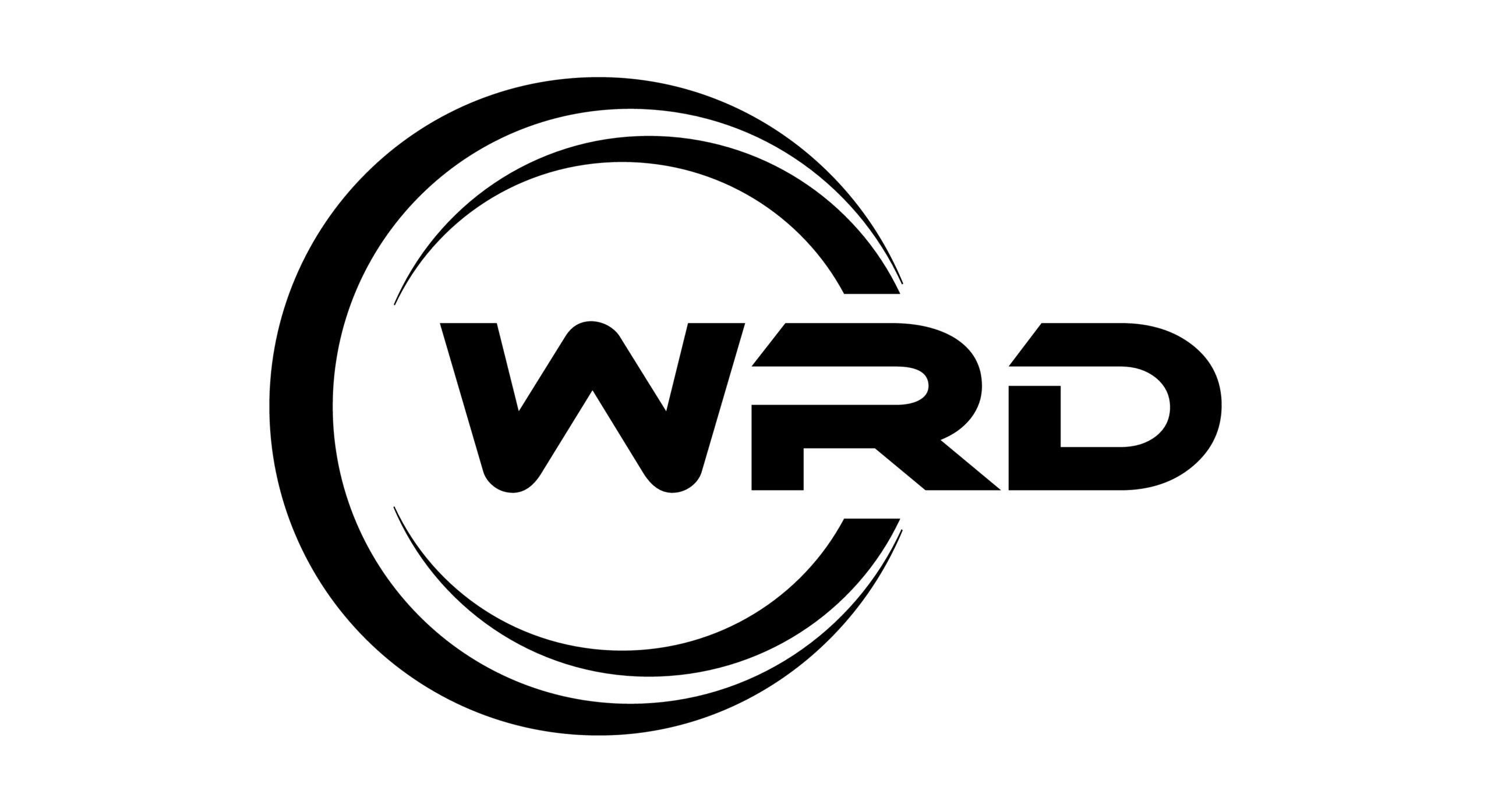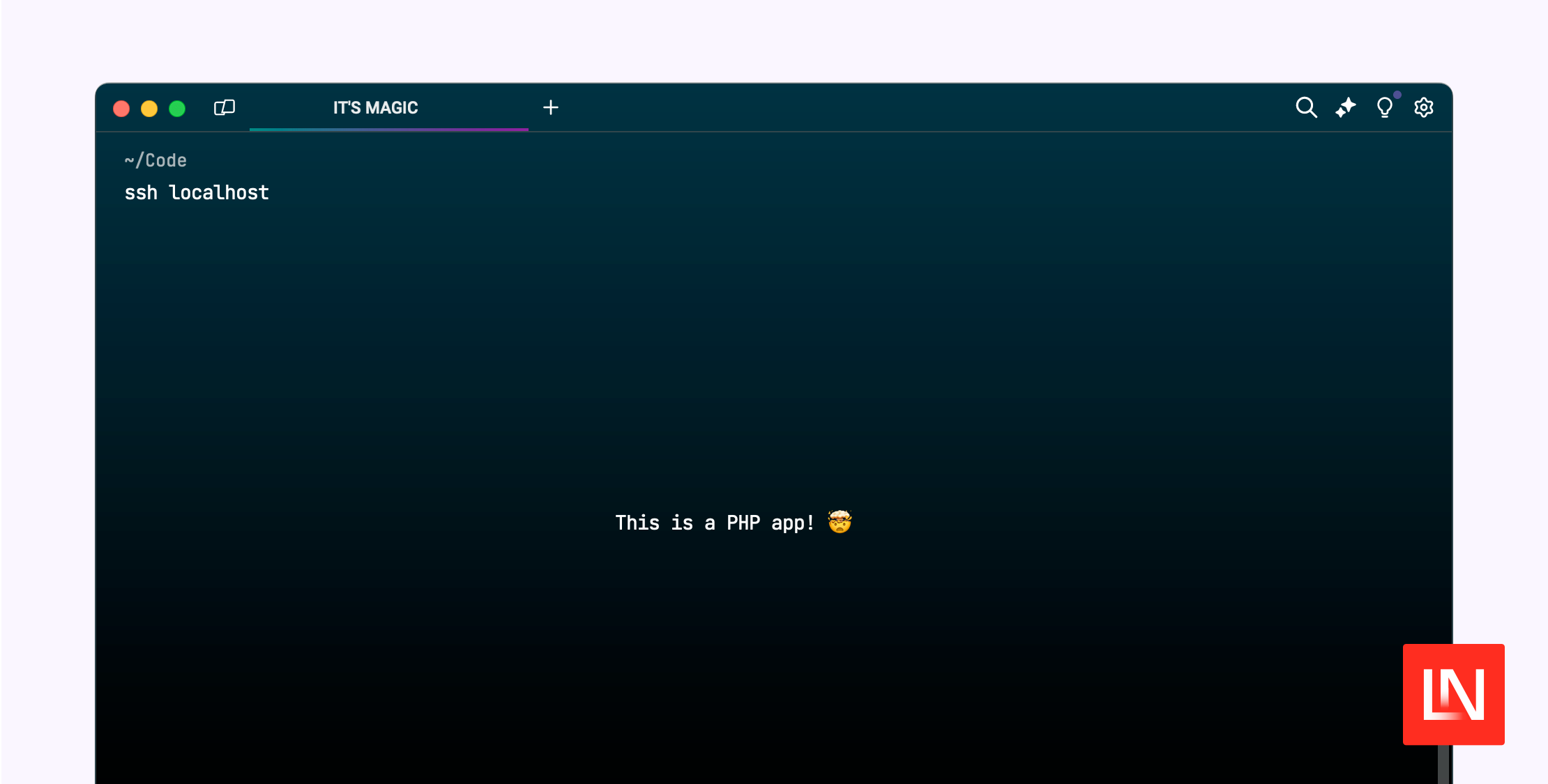Remote SSH web is a powerful tool for securely accessing and managing remote servers through a web-based interface. This technology has revolutionized the way developers, system administrators, and IT professionals handle remote operations, offering unparalleled convenience and security. With the increasing demand for remote work solutions, understanding how to effectively utilize remote SSH web can significantly enhance productivity and streamline workflows. This guide will explore the fundamental concepts, benefits, and best practices for leveraging remote SSH web technology.
In today's digital landscape, where remote access is more crucial than ever, remote SSH web provides a reliable solution that combines the security of SSH protocols with the accessibility of web-based interfaces. This combination allows users to connect to remote systems from any device with internet access, eliminating the need for complex client-side configurations. Whether you're managing cloud infrastructure, maintaining web servers, or developing applications, remote SSH web offers a versatile approach to remote system management.
As organizations continue to embrace remote work environments, the importance of secure and efficient remote access solutions cannot be overstated. Remote SSH web not only meets these requirements but also provides additional features that enhance user experience and operational efficiency. From real-time terminal access to advanced security protocols, this technology has become an essential tool for modern IT professionals and developers worldwide.
Read also:Who Is Tracie Spencers Husband Discover Everything You Need To Know
Table of Contents
- What is Remote SSH Web?
- How Does Remote SSH Web Work?
- Why Choose Remote SSH Web Over Traditional Methods?
- Is Remote SSH Web Secure?
- Setting Up Your Remote SSH Web Environment
- Common Questions About Remote SSH Web
- Best Practices for Using Remote SSH Web
- Can Remote SSH Web Improve Productivity?
- Future of Remote SSH Web Technology
- Conclusion: The Remote SSH Web Advantage
What is Remote SSH Web?
Remote SSH web represents the convergence of traditional SSH protocol security with modern web technologies. This innovative approach allows users to access remote servers through any web browser, eliminating the need for dedicated client software. The system typically consists of three main components: a web-based interface, SSH protocol implementation, and secure authentication mechanisms.
- Web-based terminal interface
- Secure SSH protocol implementation
- Advanced authentication methods
- Real-time command execution
- Cross-platform compatibility
Unlike traditional SSH connections that require specific client software and configurations, remote SSH web solutions provide immediate access through any modern browser. This accessibility has made it particularly valuable for teams working across different locations and devices, ensuring consistent access to remote systems regardless of the user's physical location or device type.
How Does Remote SSH Web Work?
The remote SSH web architecture operates through a sophisticated multi-layer system that ensures both security and functionality. When a user connects to the web interface, the system establishes a secure tunnel between the browser and the remote server using SSH protocols. This process involves several critical steps:
- Initial HTTPS connection to the web interface
- Authentication through secure credentials or tokens
- Establishment of SSH tunnel between server and client
- Real-time command execution and response handling
- Session management and security monitoring
This seamless integration of web technologies with SSH protocols has created a new standard in remote access solutions, making remote SSH web an increasingly popular choice for organizations of all sizes.
Why Choose Remote SSH Web Over Traditional Methods?
When considering remote access solutions, remote SSH web offers several distinct advantages over traditional SSH client methods. These benefits span across security, accessibility, and operational efficiency, making it a preferred choice for modern IT environments.
- Device Independence: Access from any device with a browser
- Reduced Configuration: No need for client-side software installation
- Enhanced Security: Built-in web security protocols
- Centralized Management: Easier administration and monitoring
- Real-time Collaboration: Shared terminal sessions for team work
These advantages have made remote SSH web particularly valuable in environments where multiple team members need secure access to the same systems from different locations and devices.
Read also:Sydney Sweeneys Breakthrough Role In Once Upon A Time In Hollywood
Is Remote SSH Web Secure?
Security remains a top priority for any remote access solution, and remote SSH web addresses this concern through multiple layers of protection. The combination of SSH protocol security with modern web security measures creates a robust defense against potential threats.
What Security Features Does Remote SSH Web Offer?
Remote SSH web solutions incorporate several advanced security features that ensure safe and reliable connections:
- End-to-end encryption using SSH protocols
- Multi-factor authentication options
- Session recording and auditing capabilities
- Automatic session timeout and lockout
- IP whitelisting and access control
How Can You Enhance Remote SSH Web Security?
While remote SSH web solutions come with built-in security features, additional measures can further strengthen your remote access environment:
- Implement strict access control policies
- Regularly update and patch your systems
- Use strong, unique passwords and authentication tokens
- Enable detailed logging and monitoring
- Conduct regular security audits
Setting Up Your Remote SSH Web Environment
Establishing a reliable remote SSH web environment requires careful planning and implementation. The process involves several key steps to ensure optimal performance and security.
What Are the Essential Components of Remote SSH Web Setup?
A successful remote SSH web implementation requires the following components:
- Secure server infrastructure
- Web application framework
- Authentication system integration
- SSH gateway configuration
- Monitoring and logging tools
How to Configure Your Remote SSH Web Server?
Proper server configuration is crucial for maintaining a secure and efficient remote SSH web environment. Follow these steps:
- Install and configure SSH server software
- Set up web server with HTTPS encryption
- Implement firewall rules and access controls
- Configure authentication mechanisms
- Test and verify all security settings
Common Questions About Remote SSH Web
As remote SSH web technology continues to evolve, several common questions arise regarding its implementation and usage.
Can Remote SSH Web Handle High Traffic Volumes?
Modern remote SSH web solutions are designed to handle significant traffic loads through load balancing and server clustering. These systems can scale horizontally to accommodate growing user bases and increasing connection demands.
What Are the System Requirements for Remote SSH Web?
Implementing remote SSH web requires specific hardware and software configurations:
- Minimum 2GHz processor
- 4GB RAM (8GB recommended)
- 20GB storage space
- Modern Linux distribution
- Web server software (Nginx/Apache)
Best Practices for Using Remote SSH Web
To maximize the benefits of remote SSH web technology, follow these recommended best practices:
- Regularly update all system components
- Implement strong password policies
- Use multi-factor authentication
- Monitor system logs for suspicious activity
- Conduct regular security audits
These practices help ensure the security and reliability of your remote SSH web environment while maintaining optimal performance.
Can Remote SSH Web Improve Productivity?
Remote SSH web offers several productivity-enhancing features that make it an invaluable tool for modern IT operations. The ability to access remote systems from any device, combined with real-time collaboration capabilities, significantly streamlines workflows and reduces downtime.
How Does Remote SSH Web Enhance Team Collaboration?
Through shared terminal sessions and real-time monitoring, remote SSH web enables teams to work together more effectively on server management tasks. This collaborative environment helps reduce errors and improves overall operational efficiency.
Future of Remote SSH Web Technology
As technology continues to evolve, remote SSH web solutions are expected to incorporate new features and capabilities. These may include enhanced AI-driven security measures, improved user interfaces, and more advanced collaboration tools.
Conclusion: The Remote SSH Web Advantage
Remote SSH web represents a significant advancement in remote access technology, offering secure, efficient, and accessible solutions for modern IT environments. By combining the security of SSH protocols with the convenience of web-based interfaces, this technology has become an essential tool for system administrators, developers, and IT professionals worldwide.
Whether you're managing cloud infrastructure, maintaining web servers, or developing applications, remote SSH web provides a versatile and reliable approach to remote system management. As organizations continue to embrace remote work environments, the importance of secure and efficient remote access solutions like remote SSH web will only continue to grow.

